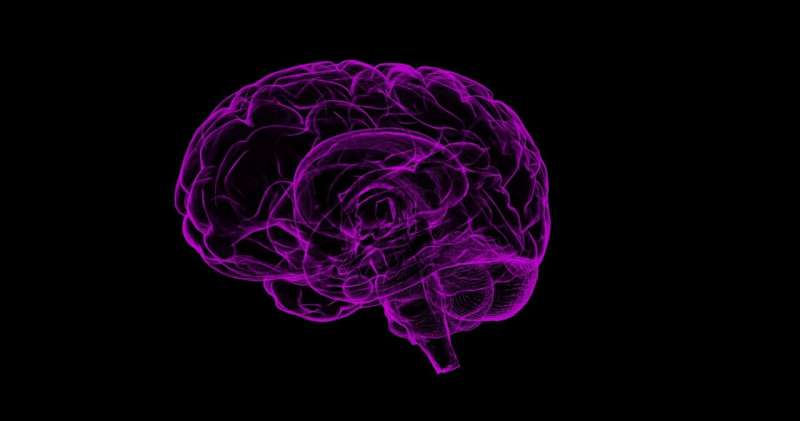AI Technology Enables Early Detection of Surgical Site Infections via Patient Photos

Mayo Clinic researchers have developed an AI system that accurately detects surgical site infections from patient-submitted photos, promising faster and more efficient postoperative care. This innovative technology could transform wound monitoring and early infection detection.
Researchers at Mayo Clinic have developed an innovative artificial intelligence (AI) system capable of accurately detecting surgical site infections (SSIs) from photos submitted by patients following surgery. This advancement could significantly improve postoperative monitoring and patient care by enabling quicker identification of potential complications. The AI system employs a two-step process: first, it recognizes images containing surgical incisions, and then it assesses whether these incisions show signs of infection. Trained on over 20,000 images from more than 6,000 patients across nine Mayo Clinic hospitals, the system achieved an impressive 94% accuracy in identifying incisions and an 81% area under the curve (AUC) in detecting infections. This technology addresses the growing need for efficient outpatient wound monitoring, reducing reliance on time-consuming clinical evaluations. As outpatient surgeries and virtual follow-ups become more prevalent, such AI tools could streamline communication between patients and healthcare providers, facilitate earlier interventions, and potentially decrease morbidity. The system’s consistent performance across diverse patient groups helps mitigate concerns about algorithmic bias. While promising, the team emphasizes that further validation is necessary. Future studies aim to explore how this AI can be integrated into routine postoperative care, potentially serving as a frontline screening tool that alerts clinicians to concerning wounds, enabling faster treatment and better outcomes. Overall, this AI-driven approach holds potential to revolutionize postoperative wound management, making it more accessible and efficient for both patients and healthcare providers.
Stay Updated with Mia's Feed
Get the latest health & wellness insights delivered straight to your inbox.
Related Articles
New Study Challenges Link Between Contact Sports and Brain Protein Buildup in Aging Men
A groundbreaking Northwestern study finds no direct link between amateur contact sports and tau protein buildup in the aging brain, highlighting the role of normal aging processes in neurodegeneration.
Breakthrough in Targeted Gene Therapy Offers New Hope for Barth Syndrome Patients
Scientists have discovered that blocking the gene ABHD18 can restore mitochondrial function and improve heart health in Barth syndrome models, opening new avenues for targeted treatment of this rare genetic disorder.
Innovative Targeted Therapy Shows Promise for Treating Aggressive Liver Cancer
A recent study reveals a promising combination therapy using angiogenesis inhibitors and immune checkpoint blockade for treating aggressive liver cancer subtypes characterized by vascular structures and immune evasion.
Mapping Cells and Genes Uncovers Key Factors in Crohn's Disease Complications
New spatial mapping research uncovers key cells and genes involved in the fibrosis-related complications of Crohn's disease, paving the way for targeted therapies.



